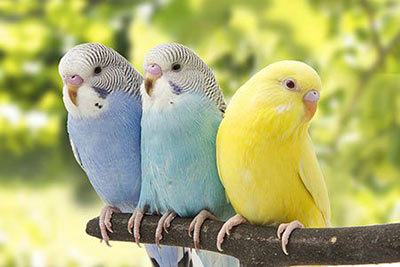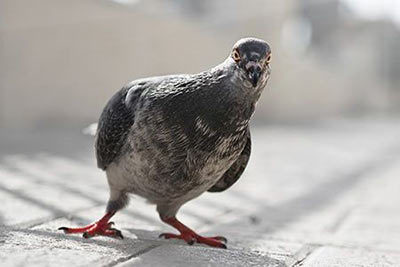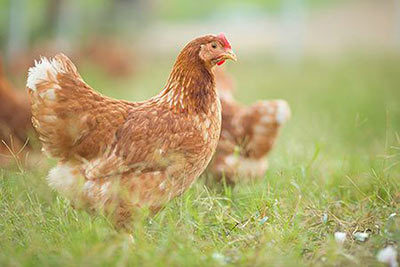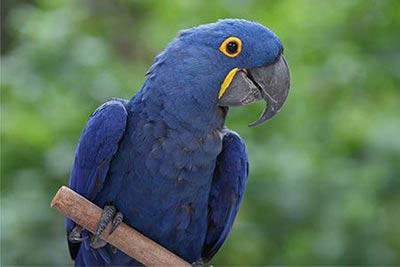Laughing Kookaburra
Laughing Kookaburra Facts
| Size | 15-18.5 inch (40-47 cm) |
| Speed | Unknown |
| Weight | Up to 17 oz (490 g) |
| Lifespan | 20-25 years |
| Food | Fish, insects, frogs, snails |
| Predators | Owls, goshawks |
| Habitat | Australia, Tasmania, New Guinea |
| Order | Coraciiformes |
| Family | Kingfishers |
| Subfamily | Alcedinidae |
| Scientific name | Dacelo novaeguineae |
| Characteristics | Its call sounds like a laugh |
Main Characteristics
The laughing kookaburra is the largest and heaviest member of the kingfisher family. It lives in tree-rich forests in Australia. It is famous for its distinctive call. It sounds like it is laughing.
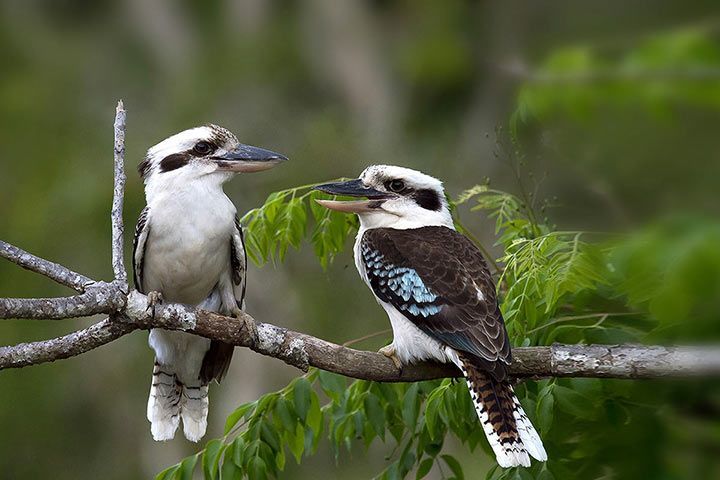
Anatomy and Appearance
Size and Weight
A comparison with the kingfisher in Central Europe shows how large the laughing kookaburra can become. The European has a body length of 6-7 inches (16-18 cm) and weighs 1.2-1.4 ounces (35-40 grams). The laughing kookaburras body is more than twice as long. It measures 16-18 inches (41-47 cm) and weighs 12-15 ounces (350-450 g).
Plumage
Unlike the native kingfisher, the laughing kookaburra does not have bright blue plumage. It has dark brown stripes that run across his eyes. This reduces glare from incoming sunlight. Its head and chest are cream colored. The wings and back are dark brown with some blue feathers.
Bill
The bill is long and very strong. It is dark on the top and light colored on the bottom.
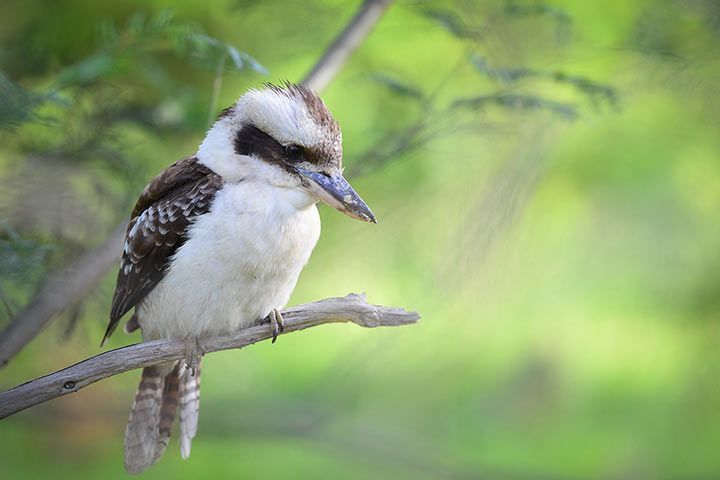
Diet
The laughing kookaburra feeds on insects, small mammals, birds and reptiles. However, it also eats animals that live in water, such as crabs, mussels and fish.
Behavior
Singing
The laughing kookaburra gets its name from its unique call. Its "ku-ku-ku-ku-ku-ka-ka-ka" is unmistakable and sounds like a loud human laugh. It can often be heard in Hollywood films set in the jungle.
Social Behavior
What makes these birds special, too, is that they are very sociable. Normally, kingfishers are solitary animals. They only meet up during mating season. The laughing kookaburra and the blue-winged kookaburra live in small family groups, with their mothers, fathers, uncles and aunts. Close relatives even look after the young.
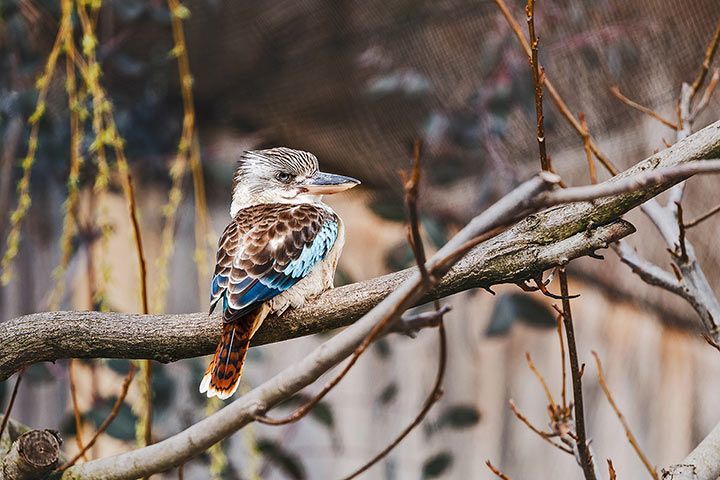
Mythology
Australia’s native population has a legend that the laughing kookaburra was chosen by the gods to wake people and animals at the beginning of the day.
Fun Facts
Popularity
The laughing kookaburra is very popular in Australia because it preys on pests such as mice and rats. It even eats snakes.















